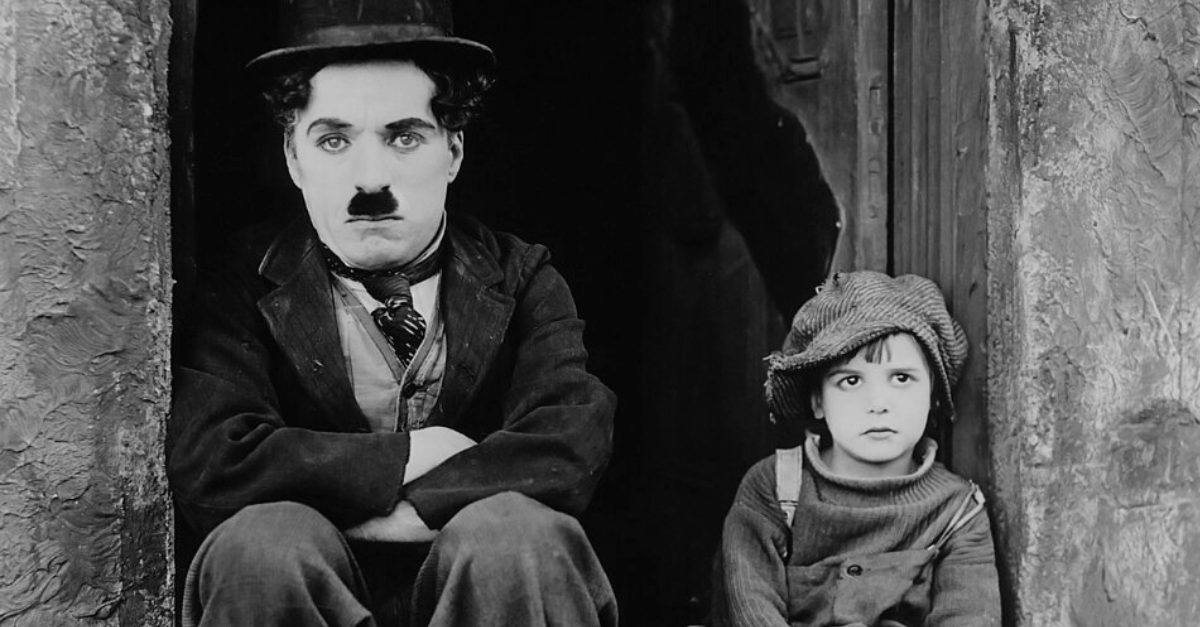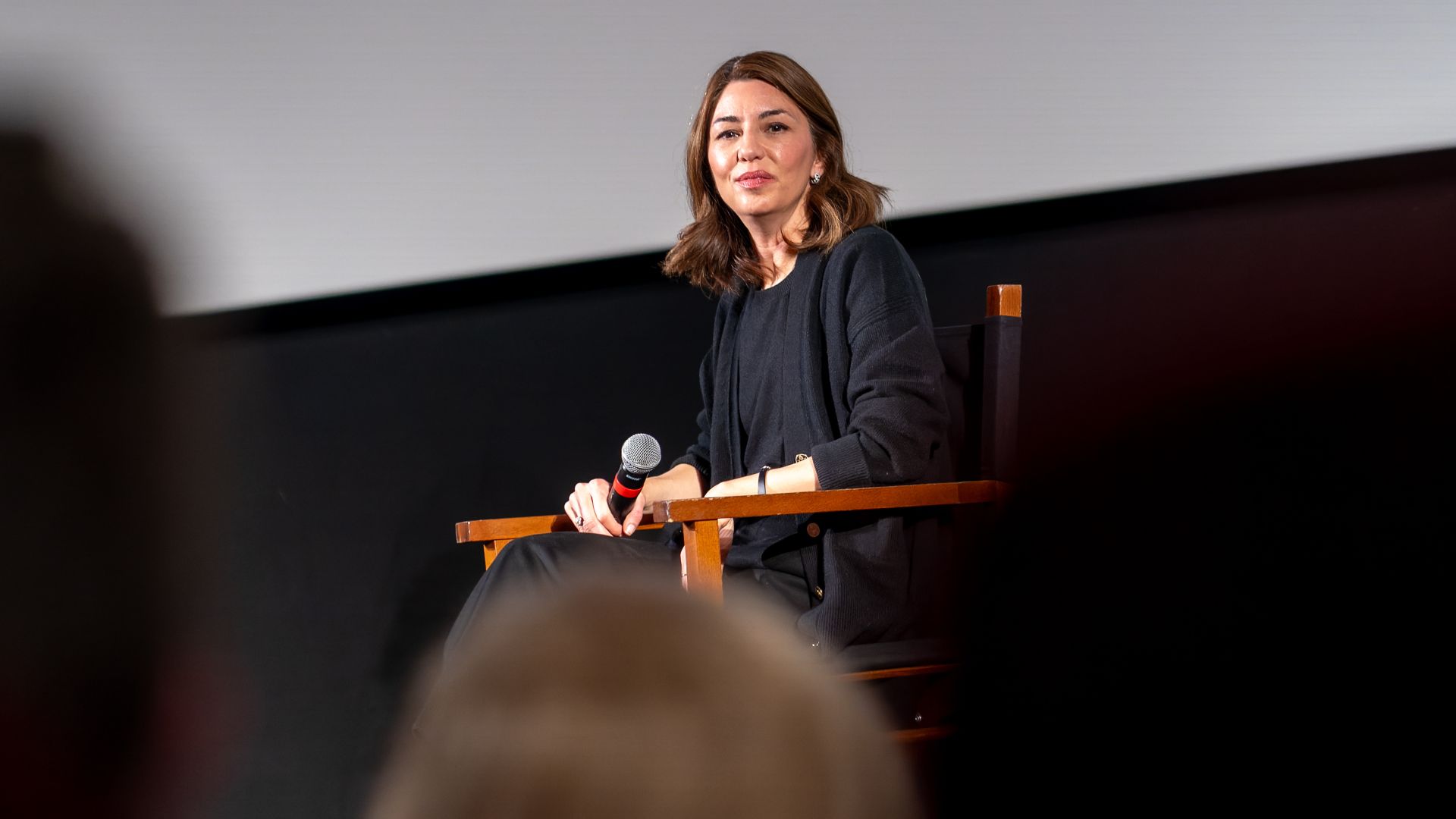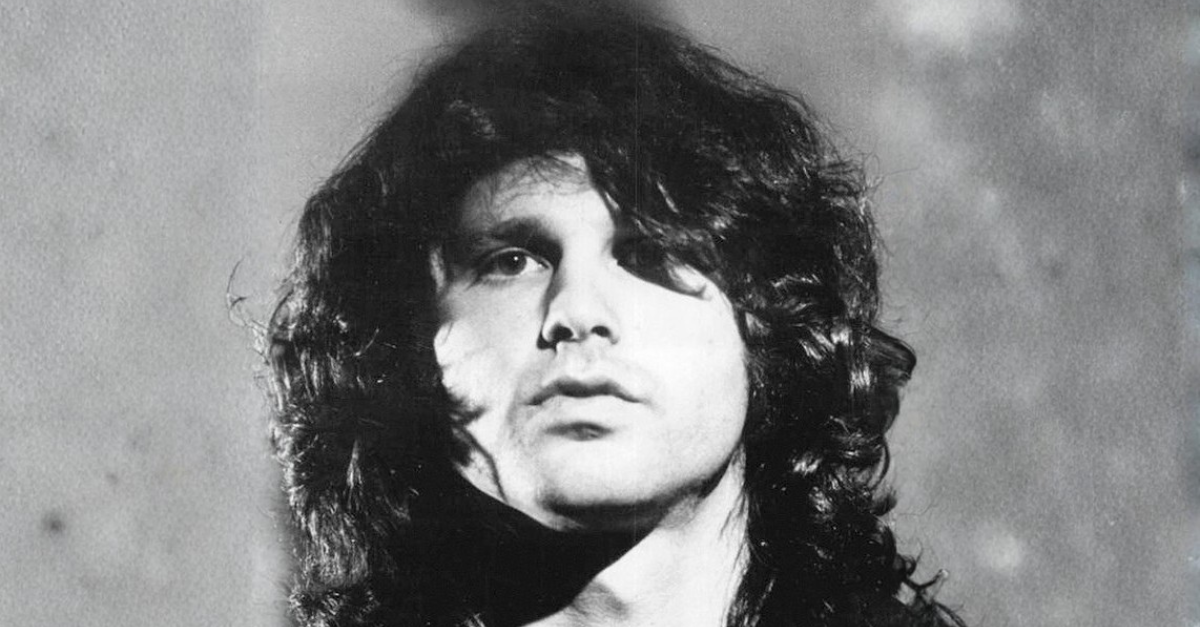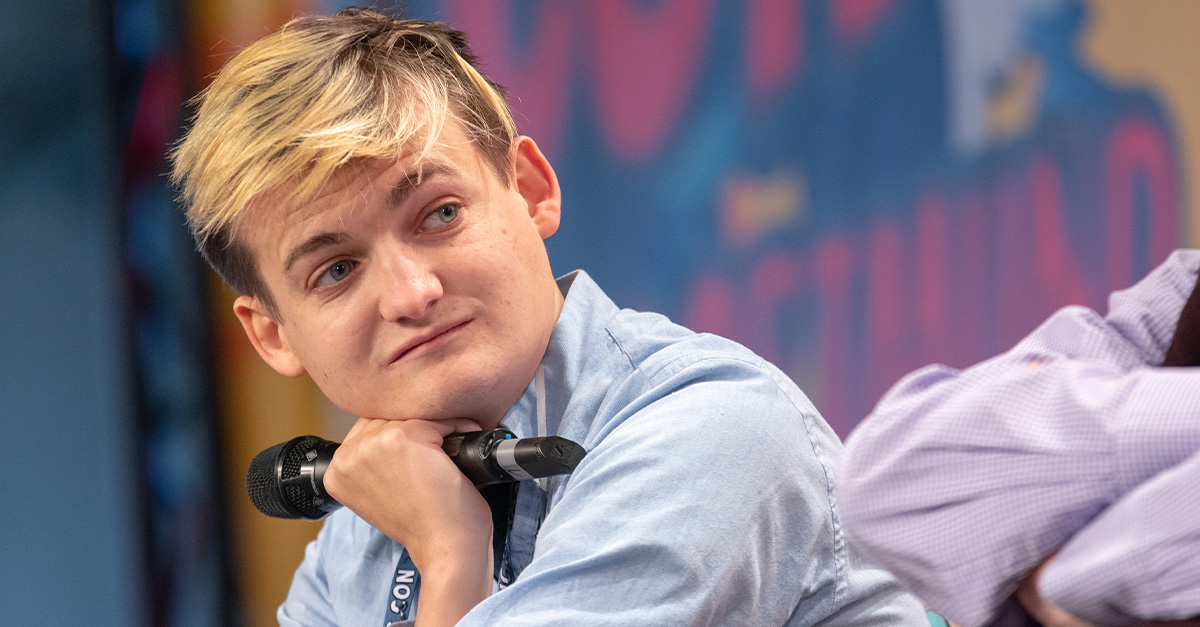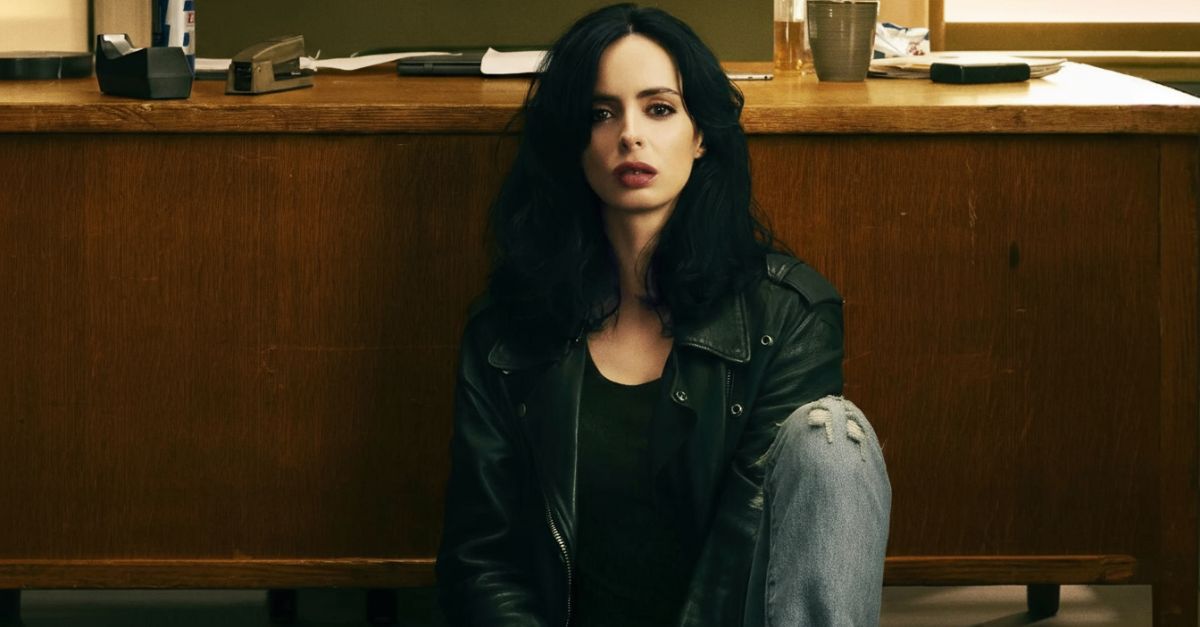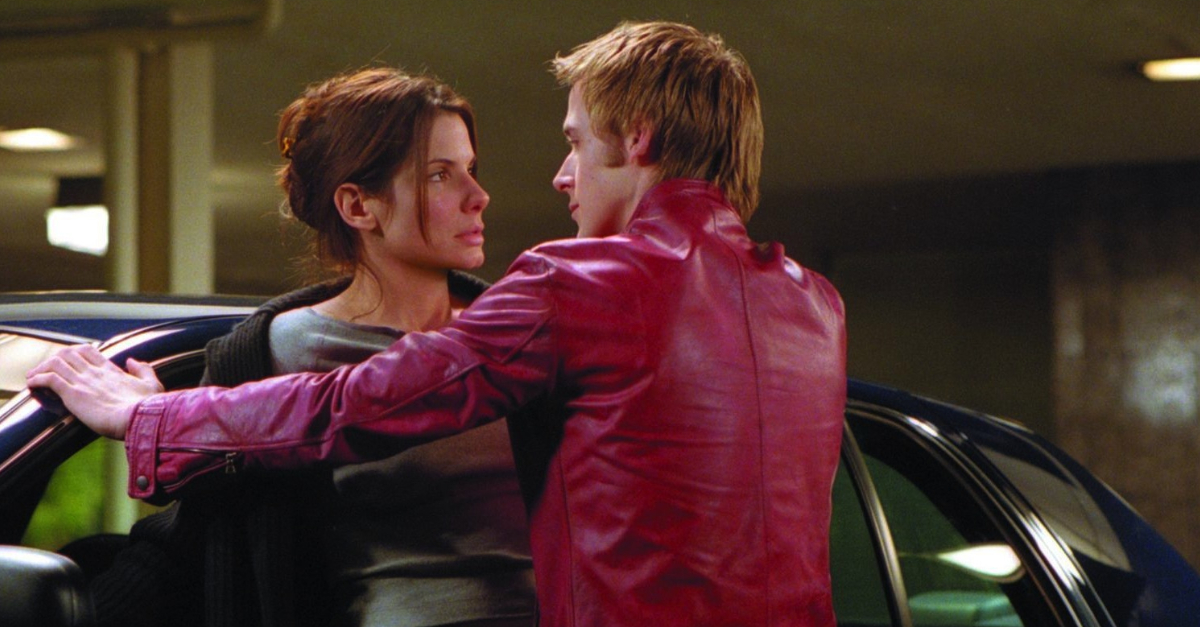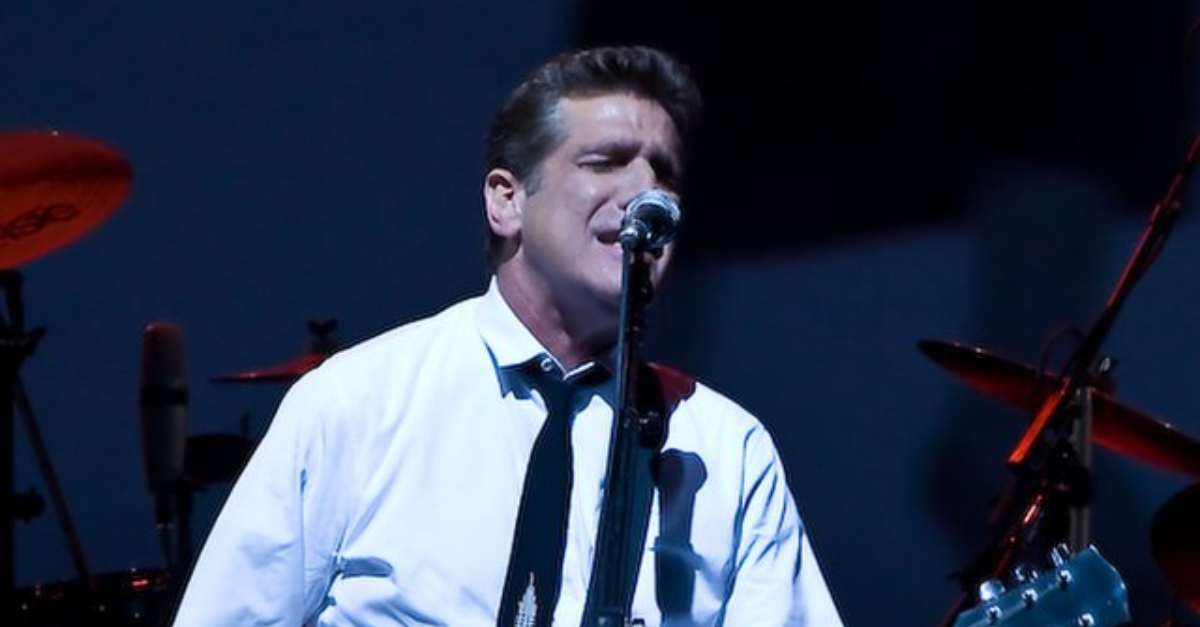When Actors Take The Director’s Chair
Most of us know actors for the faces they pull, the lines they deliver, or the action stunts they sell with a straight face. But some stars decided that wasn’t enough. They wanted to control the whole show. From calling the shots in battle scenes to crying in front of a mirror while also worrying about camera angles, these multi-talented artists proved they could handle both sides of the lens.
Ben Affleck
Before donning the cape as Batman, Affleck was already making waves behind the camera with The Town. He not only played a conflicted bank robber but also orchestrated some of the tensest heist sequences in modern cinema. Directing while starring gave him full control over the gritty Boston tale—and the Academy noticed.
 Warner Bros. Pictures, The Town (2010)
Warner Bros. Pictures, The Town (2010)
Clint Eastwood
If “directing yourself” were a sport, Eastwood would have a trophy case bigger than a spaghetti western set. From Unforgiven to Gran Torino, he has seamlessly balanced his trademark scowl on screen with a steady hand behind it. His directing style is famously efficient—meaning when he says “cut,” everyone actually gets to go home early.
 Warner Bros. Pictures, Unforgiven (1992)
Warner Bros. Pictures, Unforgiven (1992)
Bradley Cooper
When Cooper decided to take on A Star Is Born, he didn’t just want to sing on stage next to Lady Gaga. He wanted to orchestrate every moment of heartbreak, every lingering glance, and every tear-streaked note. That bold choice paid off—audiences wept, critics swooned, and suddenly everyone had “Shallow” stuck in their heads.
 Warner Bros. Pictures, A Star Is Born (2018)
Warner Bros. Pictures, A Star Is Born (2018)
Barbra Streisand
Streisand didn’t just star in Yentl—she owned it. At a time when few women were handed megaphones in Hollywood, she wrote, produced, directed, and acted in the sweeping musical. The result was part love story, part identity exploration, and part reminder that Streisand is simply unstoppable.
 Metro-Goldwyn-Mayer (MGM), Yentl (1983)
Metro-Goldwyn-Mayer (MGM), Yentl (1983)
Jordan Peele
Most people forget that Peele technically acted in Get Out. He made a sneaky cameo while also reinventing the horror genre with razor-sharp social commentary. His career is proof that sketch comedians can do more than impersonations—they can terrify you into double-checking who’s holding the teacup.
 Jordan Peele on exploring the deep horror of racism in Get Out, CBS Mornings
Jordan Peele on exploring the deep horror of racism in Get Out, CBS Mornings
Greta Gerwig
Gerwig gave us Lady Bird, a coming-of-age story so relatable it probably made you call your mom. While she didn’t take on a major role herself, she slipped in a cameo to keep her acting streak alive. What’s impressive is how she managed to craft one of the most authentic teenage dramas while resisting the urge to snatch the spotlight.
Mel Gibson
Say what you will about Gibson’s controversies—his work on Braveheart remains iconic. He played William Wallace with passion while also orchestrating enormous battle sequences from the director’s chair. It takes a rare kind of multitasker to swing a sword, scream “freedom,” and worry about camera placement all at once.
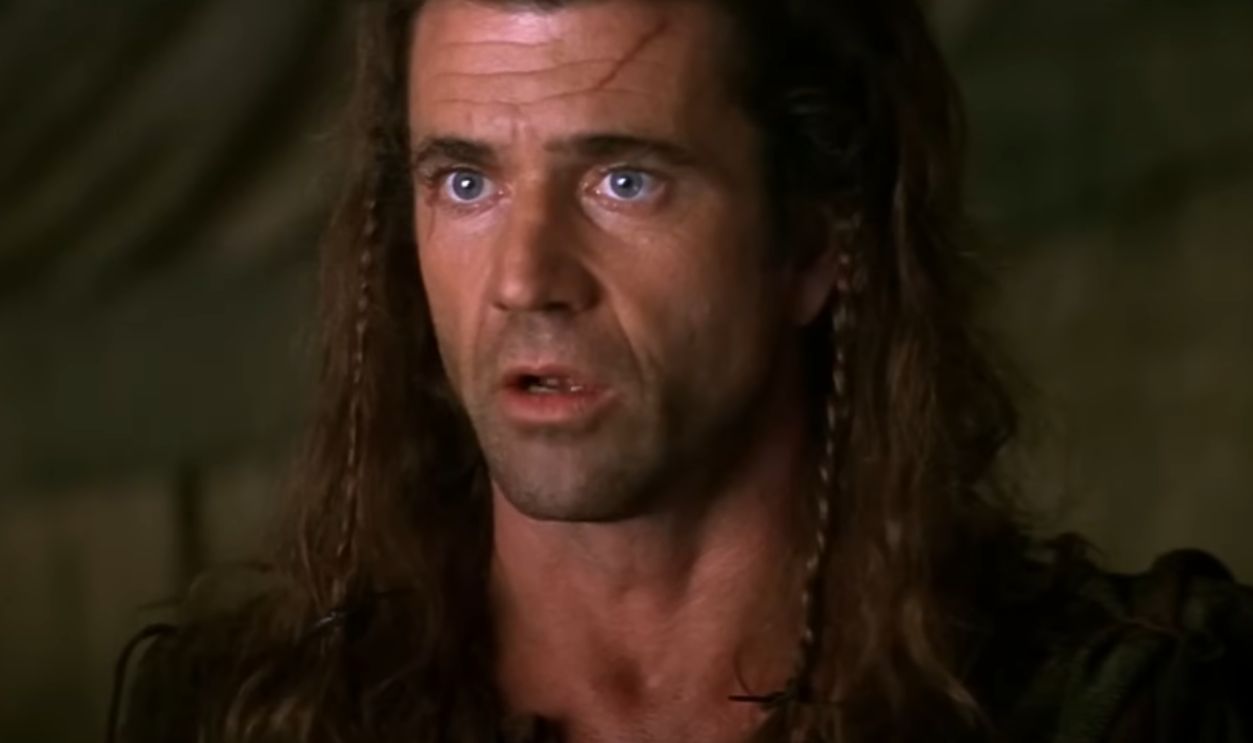 Paramount Pictures, Braveheart (1995)
Paramount Pictures, Braveheart (1995)
Sylvester Stallone
The Rocky saga wouldn’t be the same without Stallone’s one-two punch of acting and directing. He took over the reins starting with Rocky II and choreographed the iconic training montages that became pop culture staples. He may have been sweating in the ring, but off-camera he was pulling the strings like a true underdog champ.
Kenneth Branagh
Branagh’s love affair with Shakespeare is legendary. In Hamlet and Henry V, he both performed and directed, bringing heightened theatrical drama to big-screen audiences. His energy was infectious—half stage actor, half ringmaster, he delivered Shakespeare with flair and cinematic spectacle.
 Columbia Pictures, Hamlet (1996)
Columbia Pictures, Hamlet (1996)
Orson Welles
Few actor-directors command more reverence than Welles. Citizen Kane is often hailed as the greatest film ever made, and it wouldn’t exist without his dual brilliance as both director and leading man. Welles didn’t just play Kane—he reinvented the entire language of film while doing it.
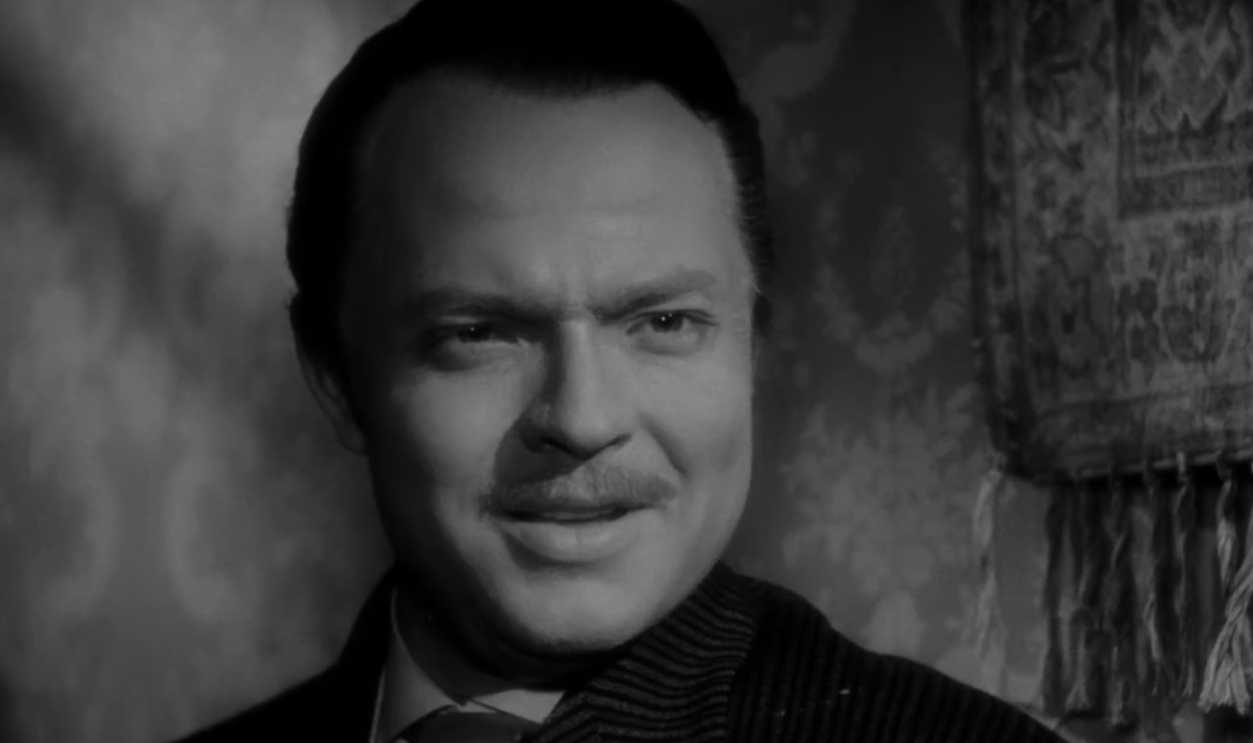 RKO Radio Pictures, Citizen Kane (1941)
RKO Radio Pictures, Citizen Kane (1941)
Angelina Jolie
In By the Sea, Jolie directed herself opposite then-husband Brad Pitt in a raw, stripped-down look at a collapsing marriage. The film may not have been a box office hit, but it revealed her fearless interest in personal, challenging projects. Acting while directing added another layer of intimacy to an already uncomfortably honest story.
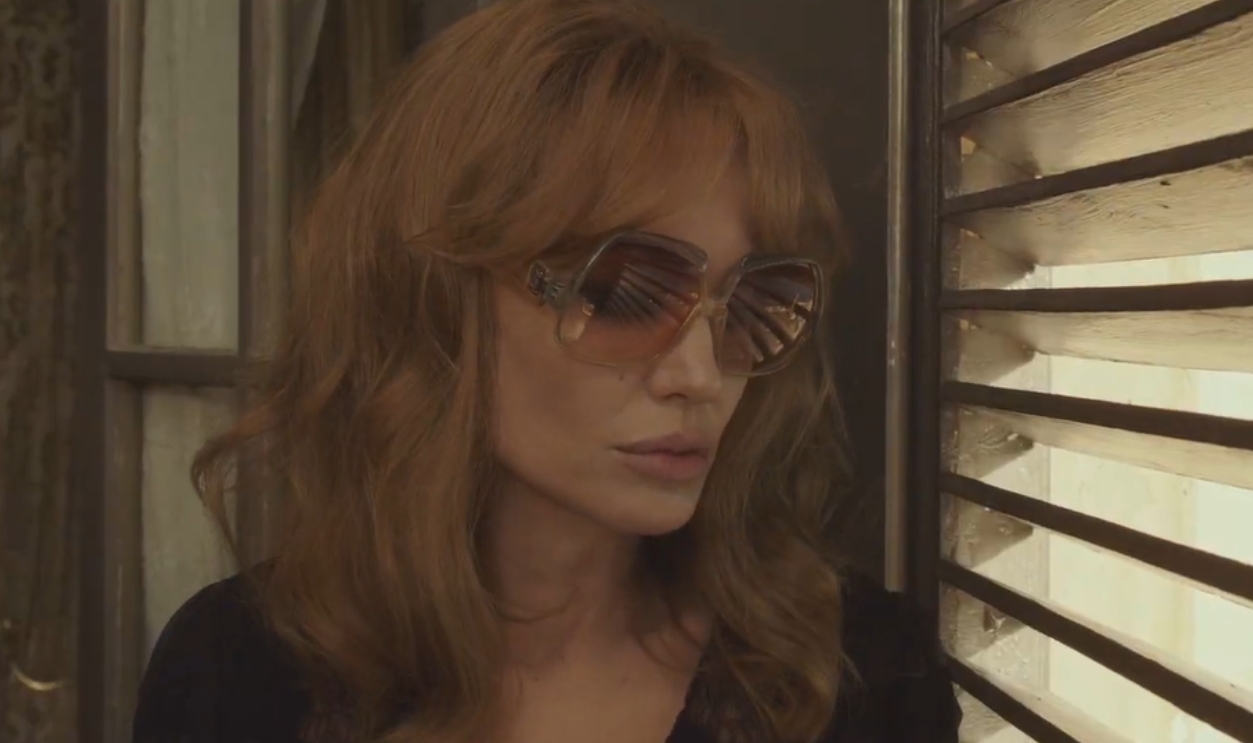 Universal Pictures, By the Sea (2015)
Universal Pictures, By the Sea (2015)
George Clooney
Clooney has quietly built an impressive directing career, but The Ides of March put him in front and behind the lens at once. He played a presidential hopeful while directing a razor-sharp political thriller. Clooney’s natural charisma meant he could campaign to the audience while orchestrating the whole game.
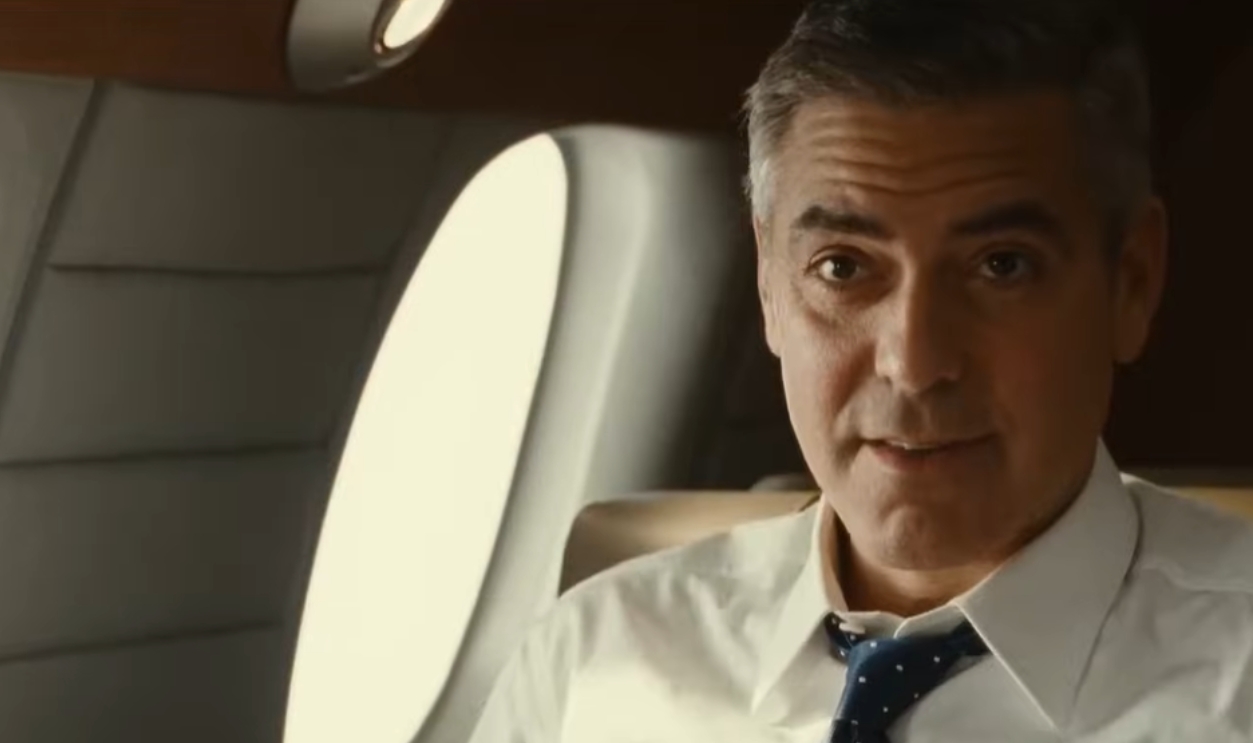 Sony Pictures Entertainment, The Ides of March (2011)
Sony Pictures Entertainment, The Ides of March (2011)
Woody Allen
For decades, Allen cast himself as the bumbling neurotic lead while also directing films like Annie Hall and Manhattan. His influence on the actor-director archetype is undeniable. While opinions about him are divisive today, his ability to juggle those dual roles shaped generations of filmmakers.
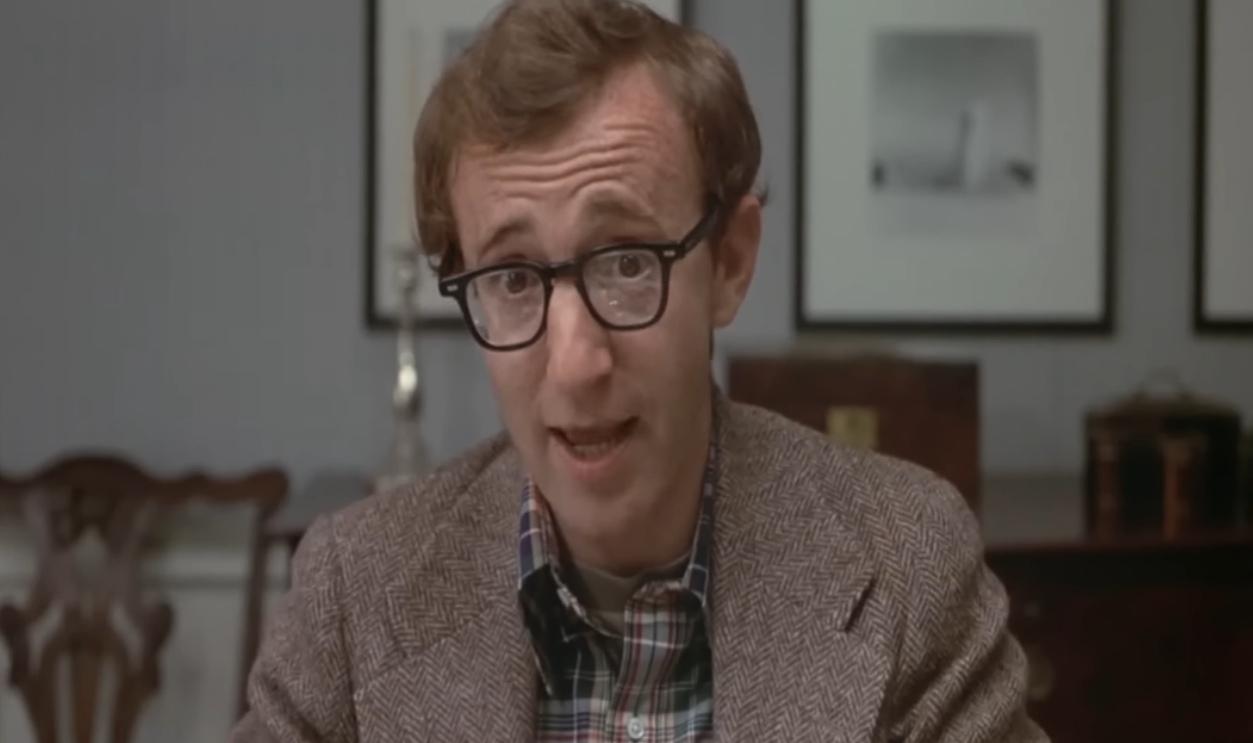 Metro-Goldwyn-Mayer (MGM), Annie Hall (1977)
Metro-Goldwyn-Mayer (MGM), Annie Hall (1977)
Denzel Washington
Washington proved his directing chops with Fences. As Troy Maxson, he delivered a powerhouse performance filled with bitterness and regret, while ensuring the supporting cast shined as brightly. The result was a film that felt both theatrical and cinematic—a testament to Denzel’s control of tone and rhythm.
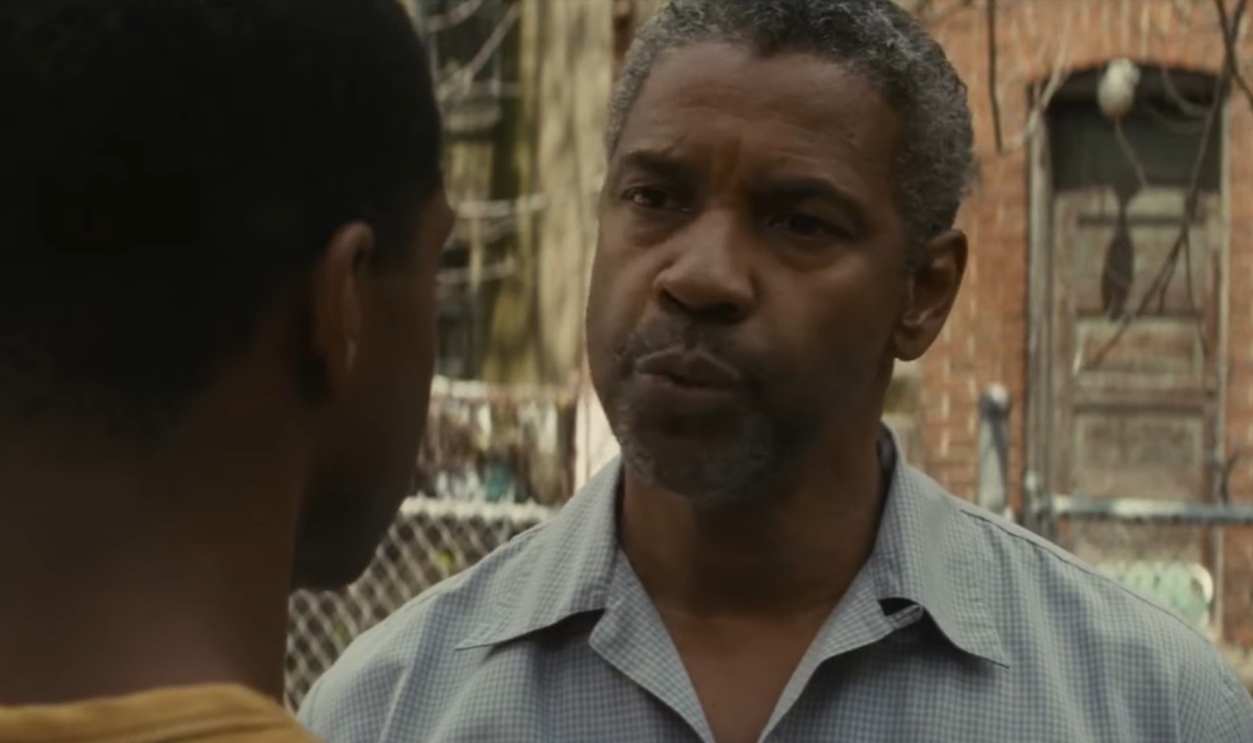 Paramount Pictures, Fences (2016)
Paramount Pictures, Fences (2016)
Robert Redford
In The Horse Whisperer, Redford portrayed a quiet cowboy with wisdom beyond words. Behind the camera, he expanded the story into a sweeping landscape meditation. Balancing understated acting with expansive directing, Redford showed he could be both the star and the storyteller without breaking a sweat.
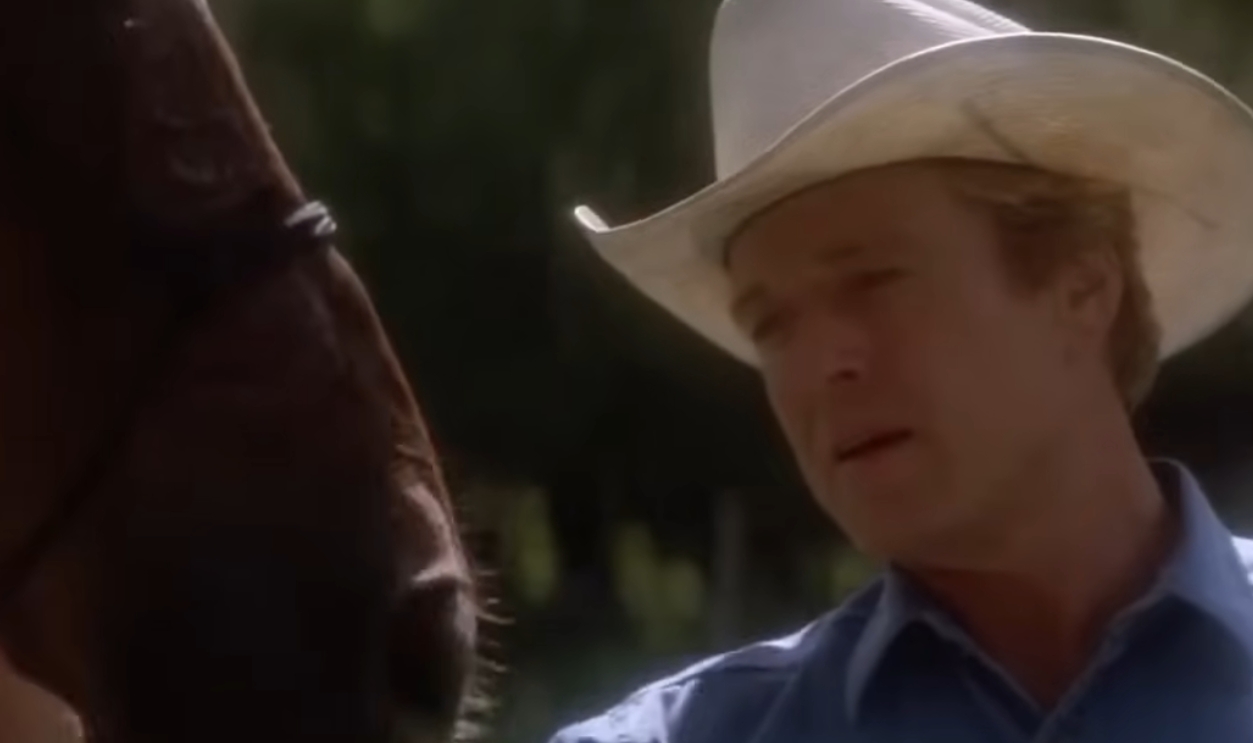 Walt Disney Studios, The Horse Whisperer (1998)
Walt Disney Studios, The Horse Whisperer (1998)
Laurence Olivier
Olivier practically made Shakespeare movies a thing. His Hamlet is not only a brilliant performance but also a masterclass in visual storytelling. He didn’t just play the role—he framed it, staged it, and set a gold standard for actor-directors tackling the Bard.
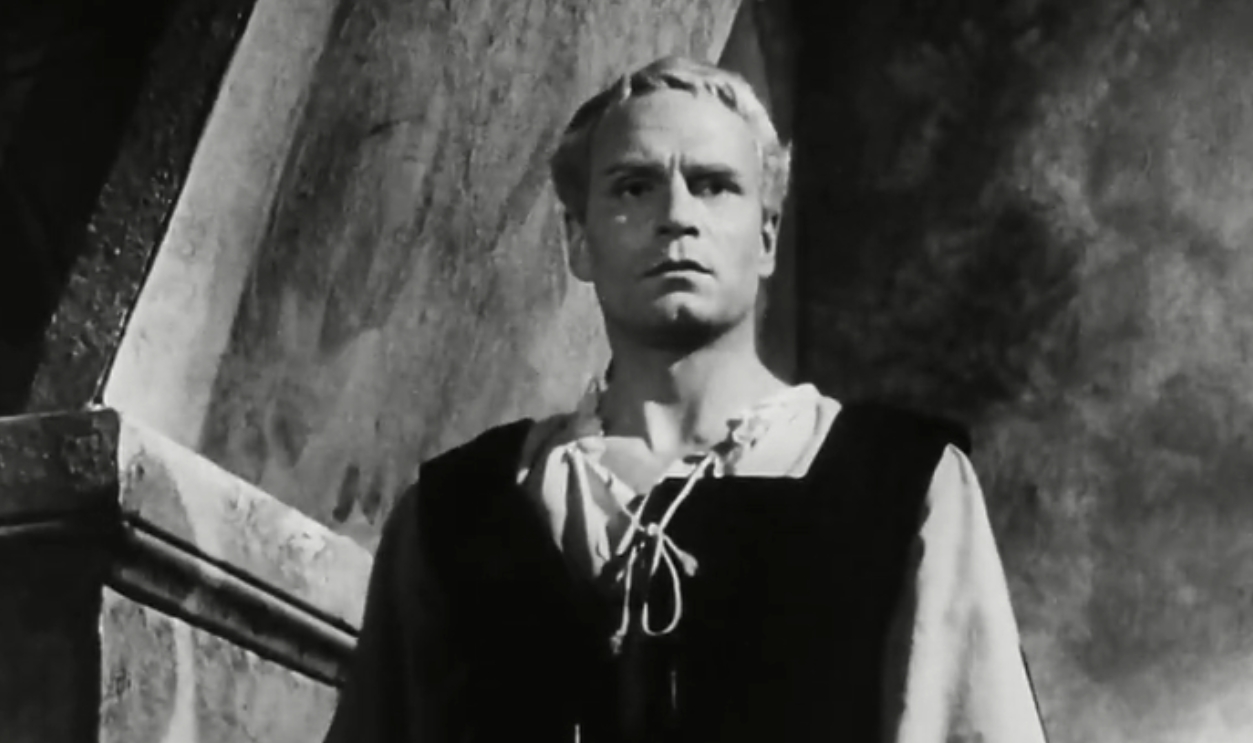 Sony Pictures Classics, Hamlet (1948)
Sony Pictures Classics, Hamlet (1948)
Jon Favreau
Favreau’s cameo as Happy Hogan in Iron Man might have seemed like a small touch, but it was part of a much bigger feat—directing the film that launched the Marvel Cinematic Universe. His behind-the-camera instincts and on-screen charm made him a vital part of the MCU’s DNA. And yes, he probably deserves royalties for every superhero movie ticket sold since.
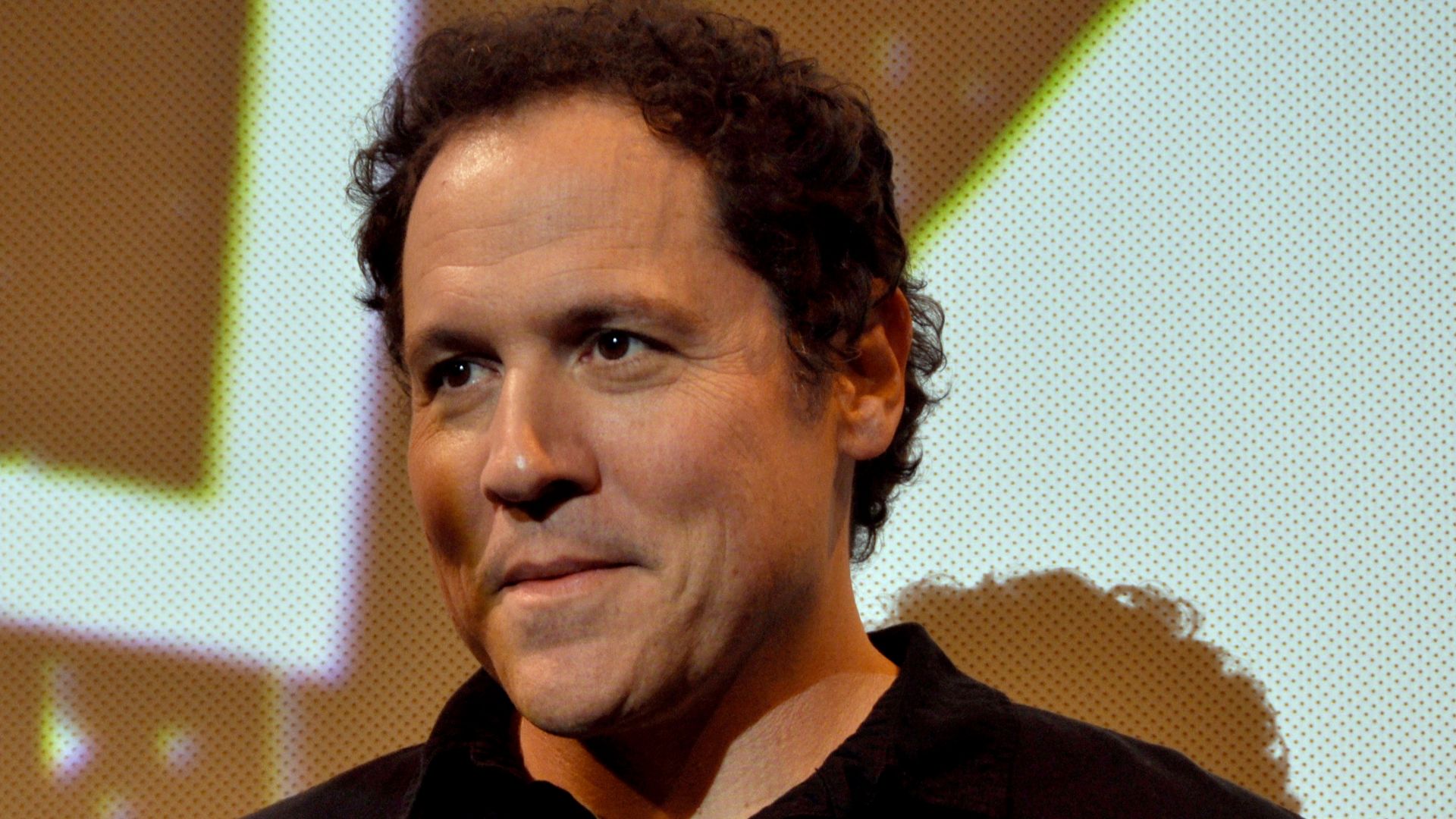 Thomas Crenshaw at https://www.flickr.com/photos/tommyc/, Wikimedia Commons
Thomas Crenshaw at https://www.flickr.com/photos/tommyc/, Wikimedia Commons
Sofia Coppola
Though Coppola is better known for her directing than her acting, she occasionally pops into her own films. Her directorial masterpiece Lost in Translation drew on her acting background to coax deeply human performances from Bill Murray and Scarlett Johansson. That quiet empathy stems from knowing what it feels like to stand on the other side of the camera.
Jonah Hill
Hill’s directorial debut, Mid90s, was rooted in his own memories of skate culture. He couldn’t resist sneaking in a cameo—because who doesn’t want to pop up in their own passion project? What’s notable is how he used his acting background to shape authentic performances from young, nonprofessional actors.
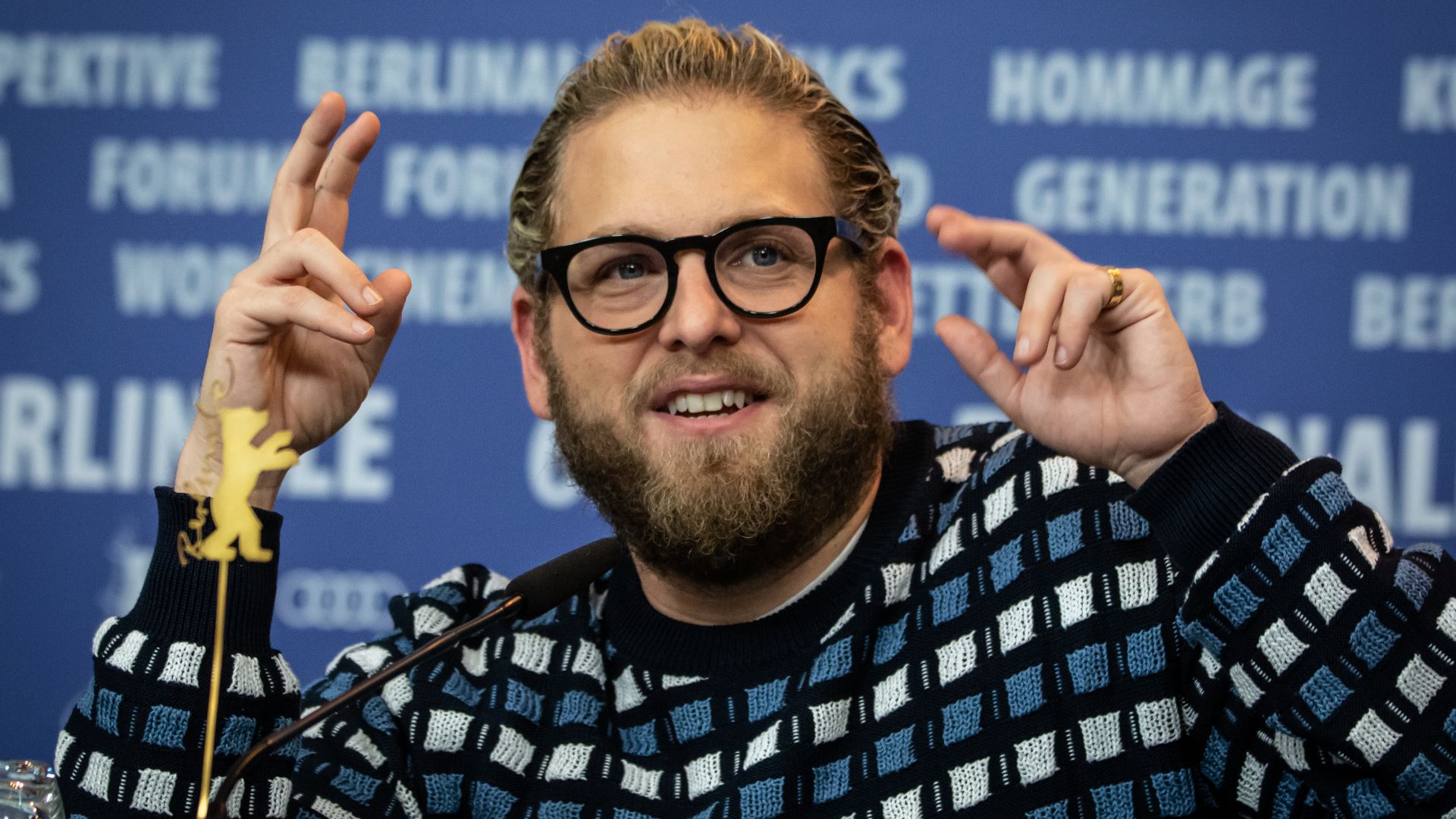 Harald Krichel, Wikimedia Commons
Harald Krichel, Wikimedia Commons
Charlie Chaplin
Chaplin basically invented the art of the actor-director. From City Lights to The Great Dictator, he played iconic roles while orchestrating slapstick and satire with genius precision. Without Chaplin, the entire idea of “directing yourself” might not even exist.
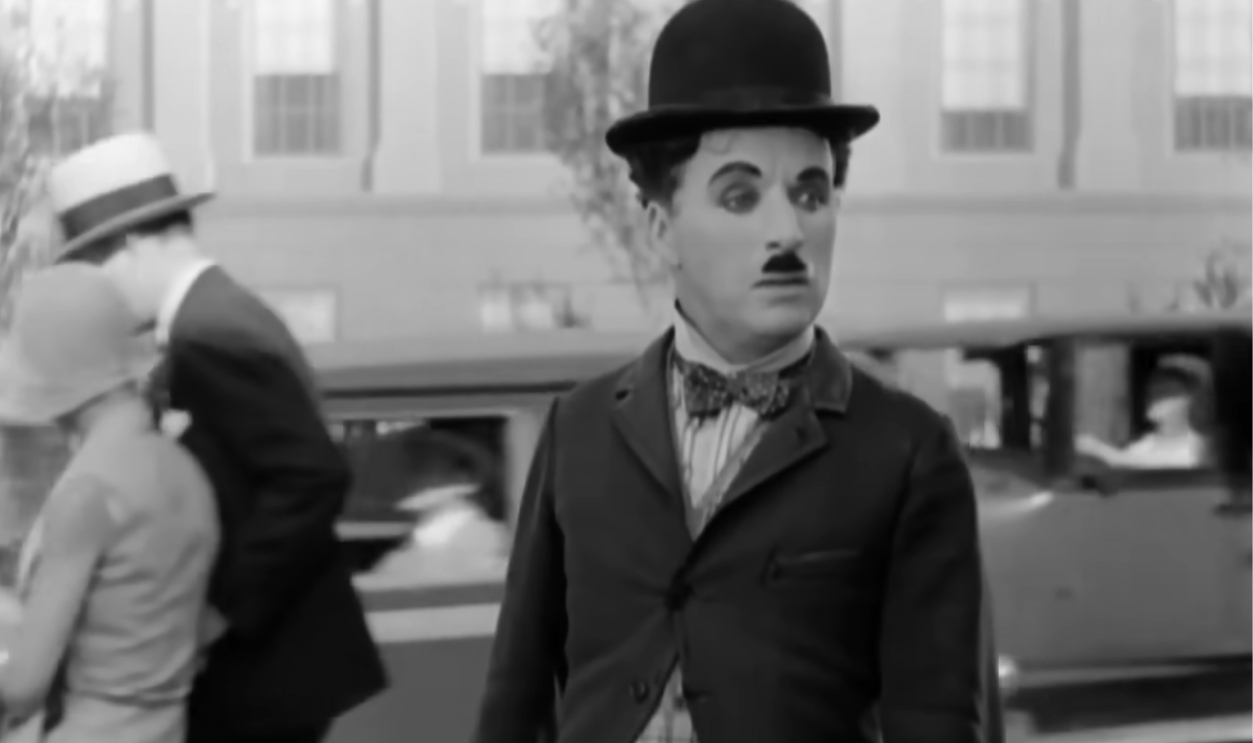 United Artists, City Lights (1931)
United Artists, City Lights (1931)
Olivia Wilde
Wilde burst onto the directing scene with Booksmart, a sharp and hilarious teen comedy. Though she mostly stayed behind the camera, she slipped in a cameo, proving she hadn’t abandoned her acting roots. The movie’s wit and timing showed exactly how much an actor’s instincts can shape a director’s eye.
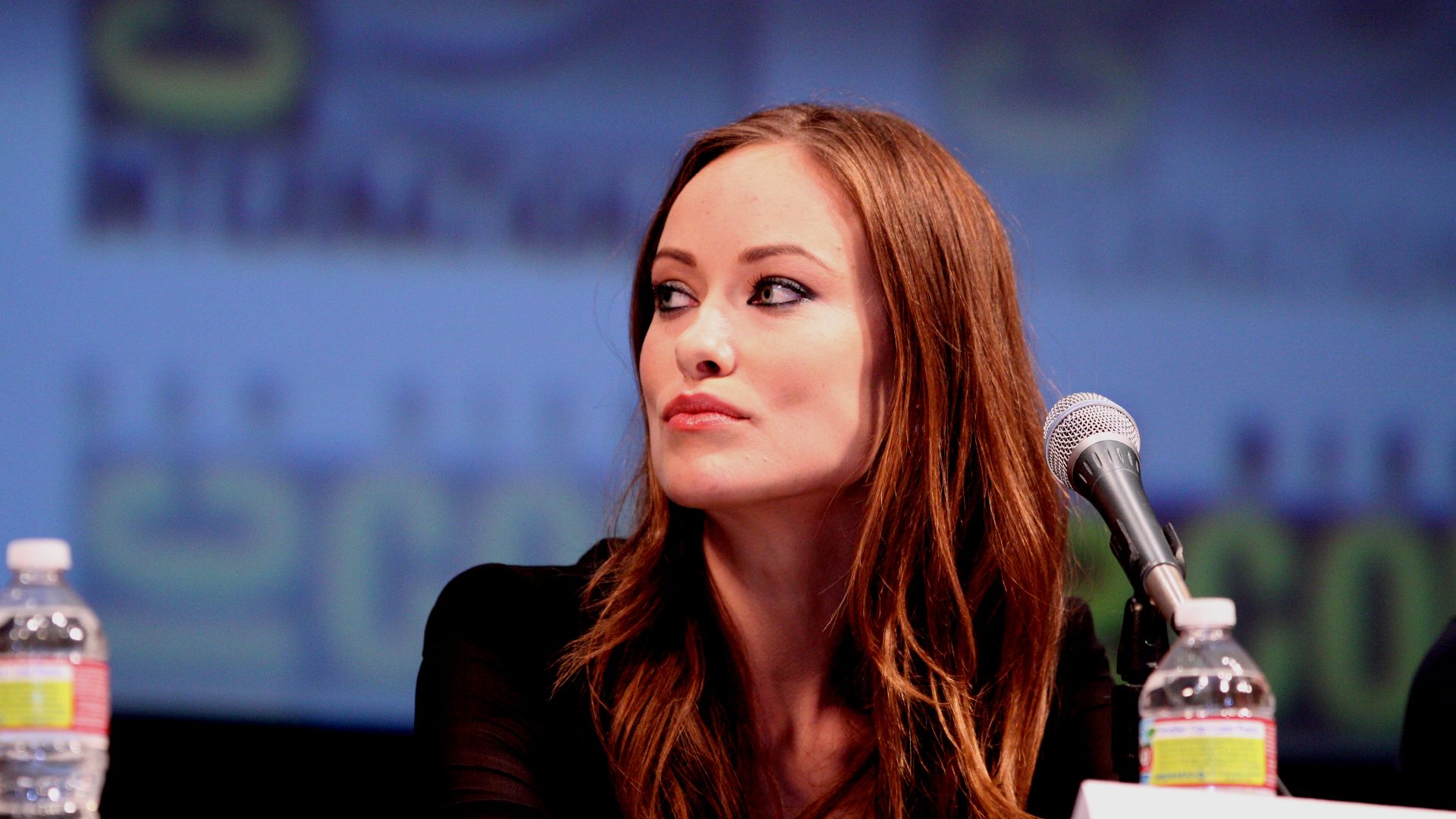 Gage Skidmore, Wikimedia Commons
Gage Skidmore, Wikimedia Commons
Seth Rogen
Rogen took meta comedy to the next level in This Is the End. Playing himself (sort of), he also co-directed the chaotic apocalypse comedy with Evan Goldberg. Juggling both jobs in a movie filled with improv-heavy performances was no small feat—but Rogen made the mayhem work.
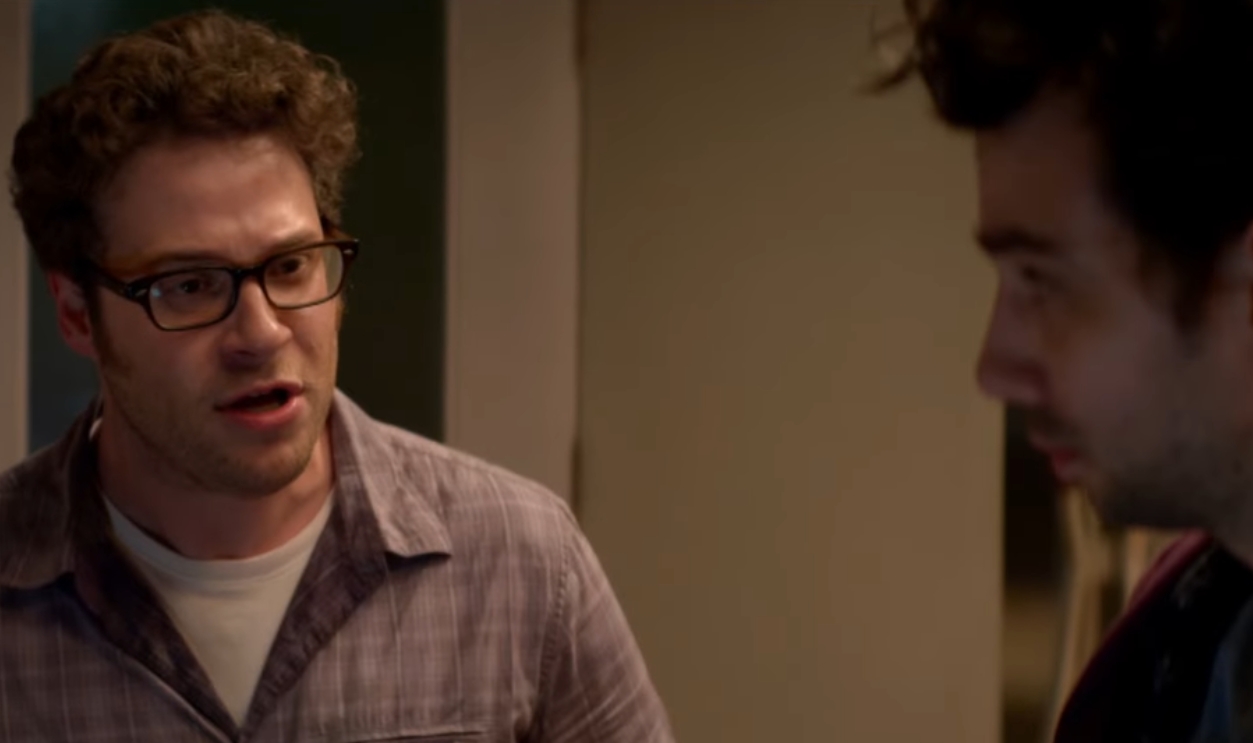 Sony Pictures Entertainment, This Is the End (2013)
Sony Pictures Entertainment, This Is the End (2013)
Joseph Gordon-Levitt
With Don Jon, Gordon-Levitt gave audiences a bold directorial debut. He played a porn-addicted New Jersey gym rat while also orchestrating the film’s commentary on modern relationships. Balancing humor, honesty, and self-awareness, he proved he was more than just the quirky guy from 500 Days of Summer.
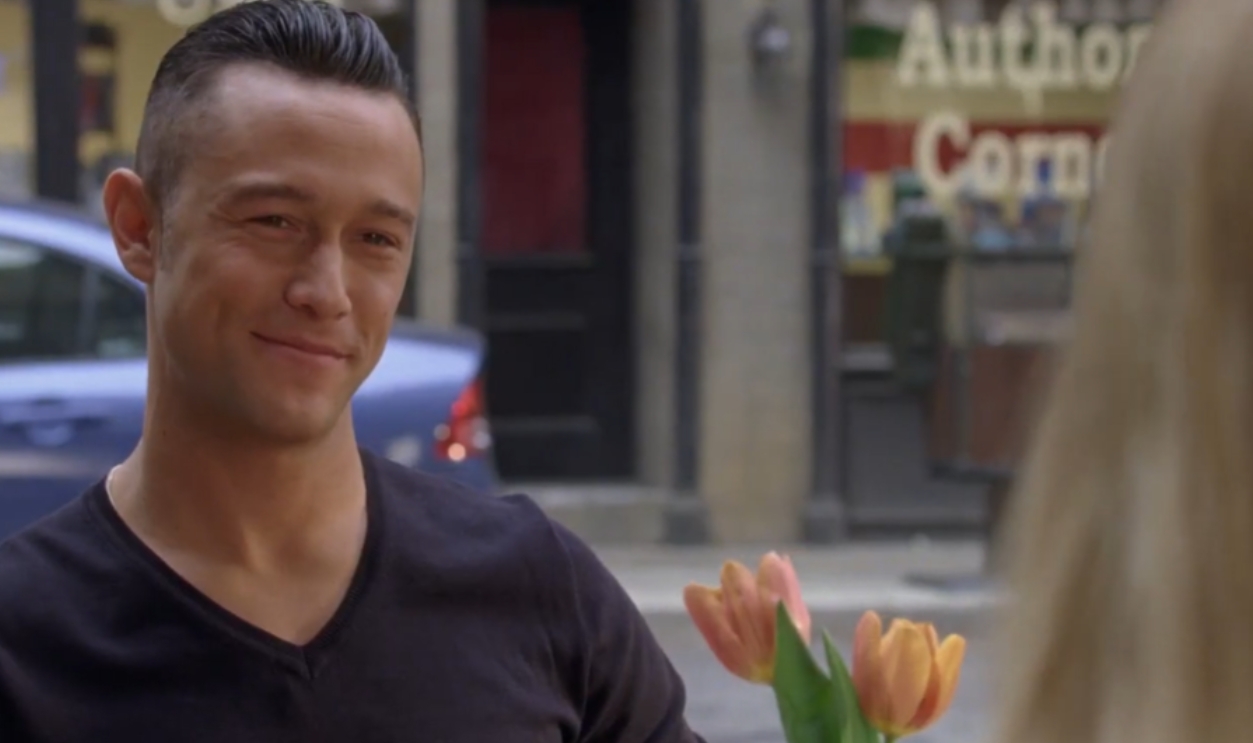 Relativity Media, Don Jon (2013)
Relativity Media, Don Jon (2013)
You May Also Like:
Dark Facts About Donald O’Connor, Hollywood’s Tragic Clown
The Best Movie Monologues Of All-Time
Child Actors Who Outshone The Adults
Source: 1

